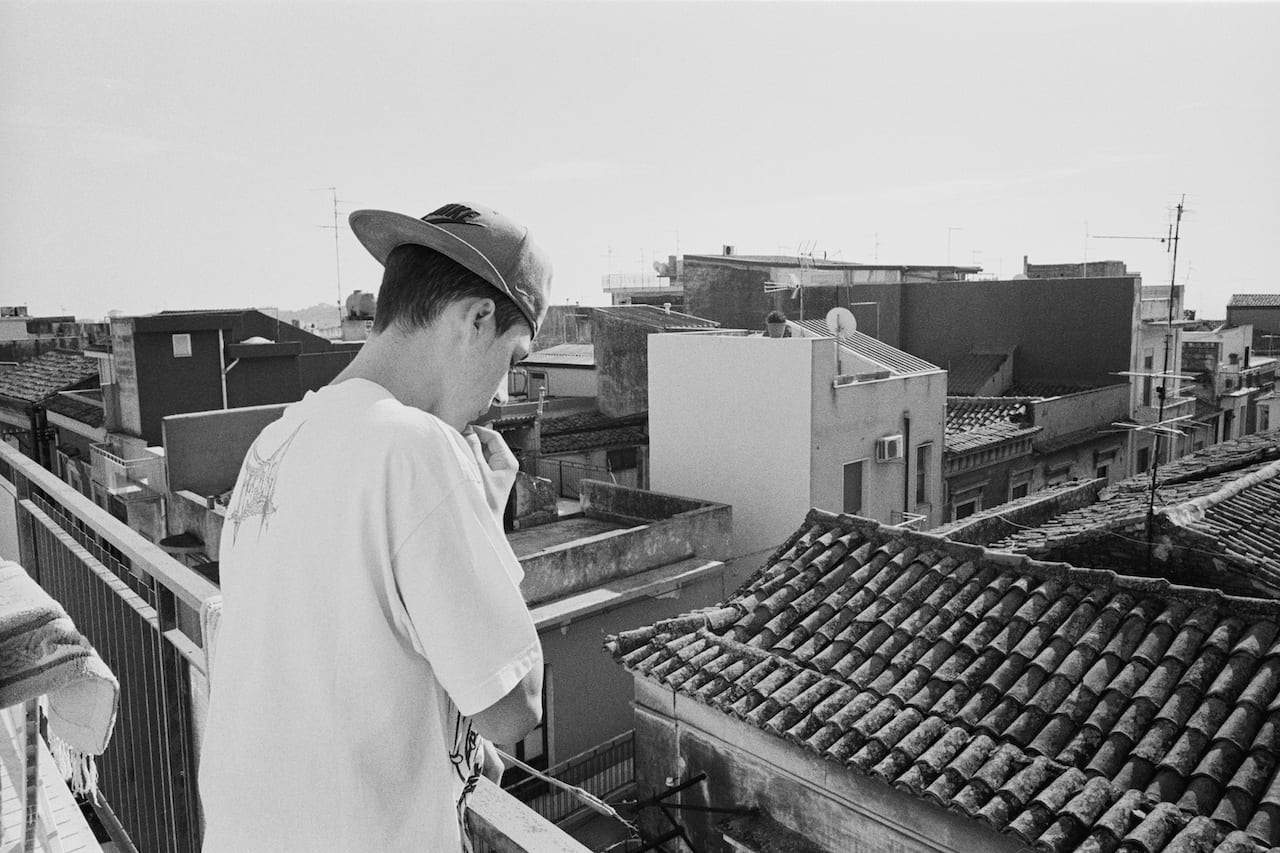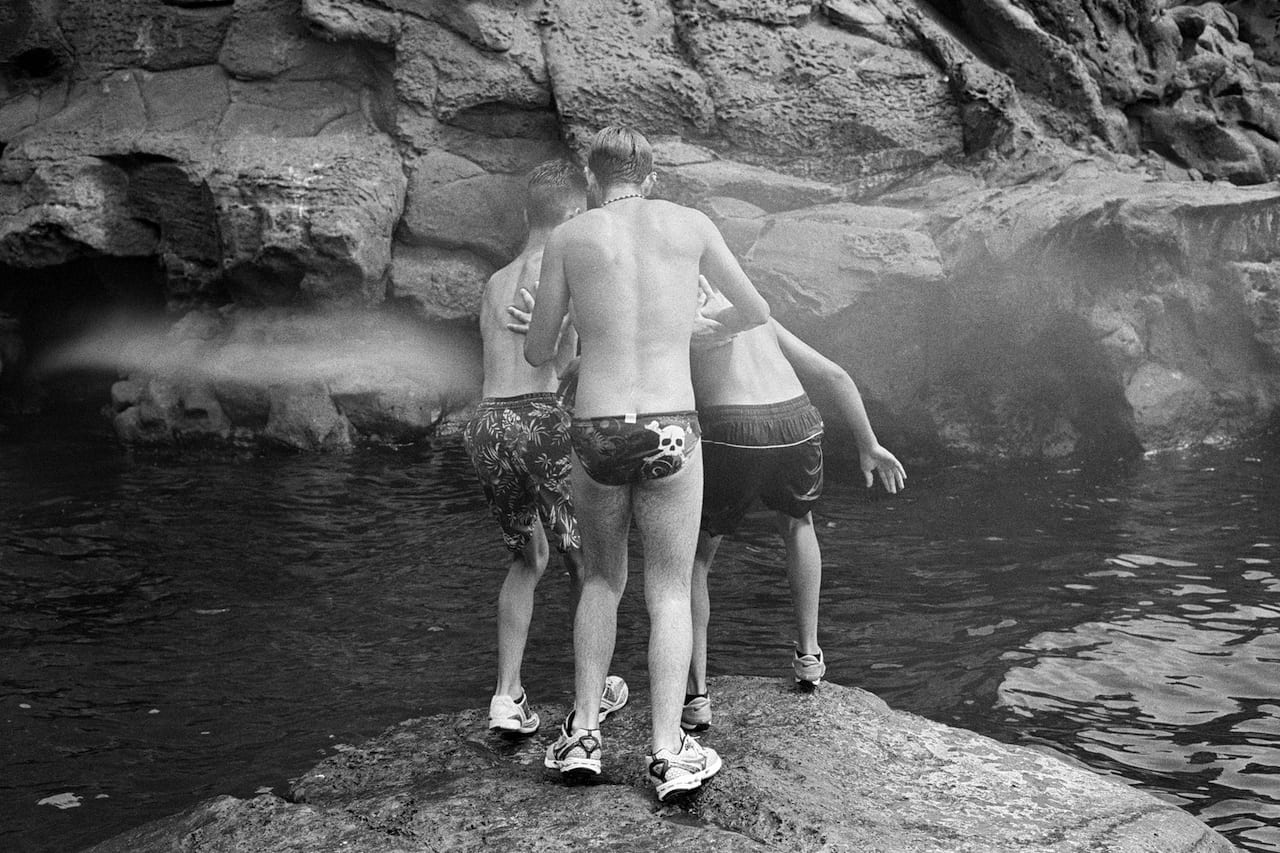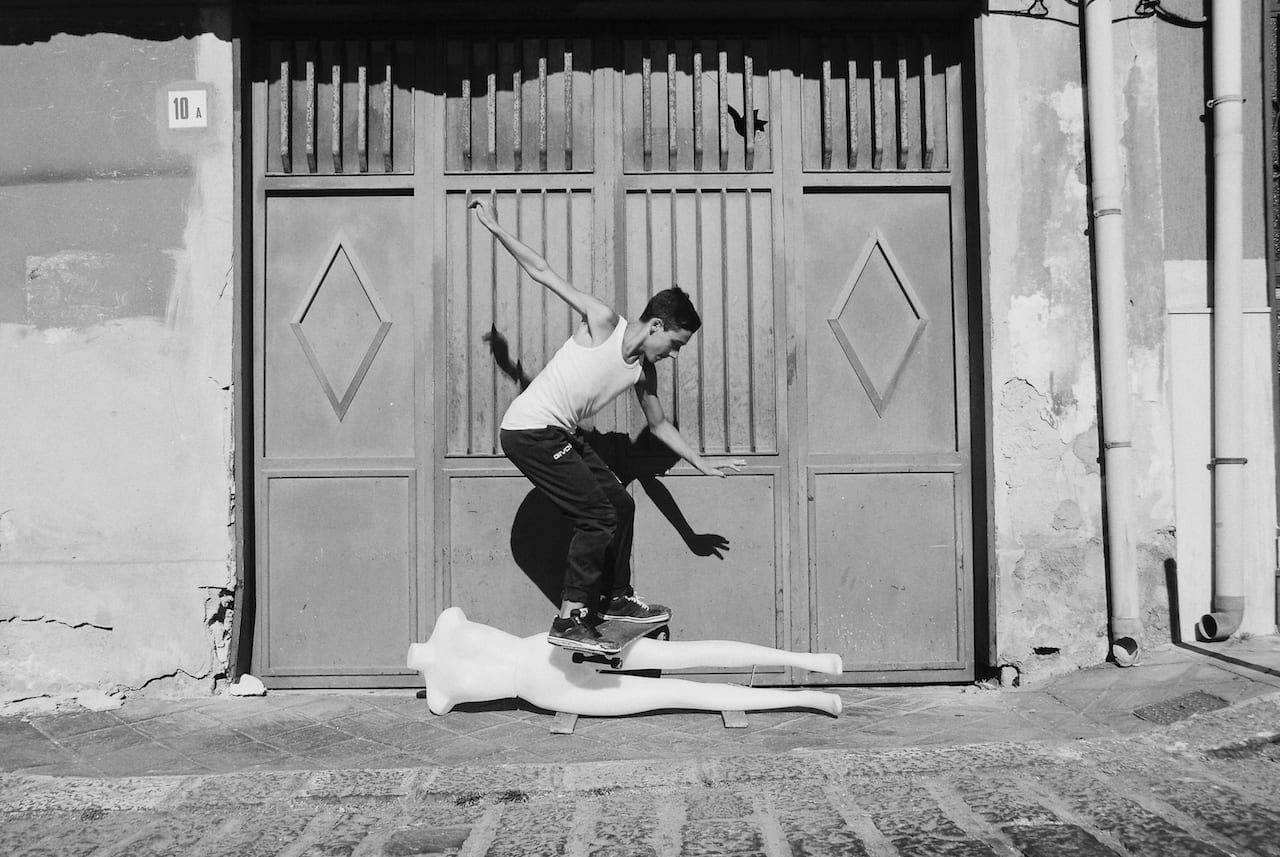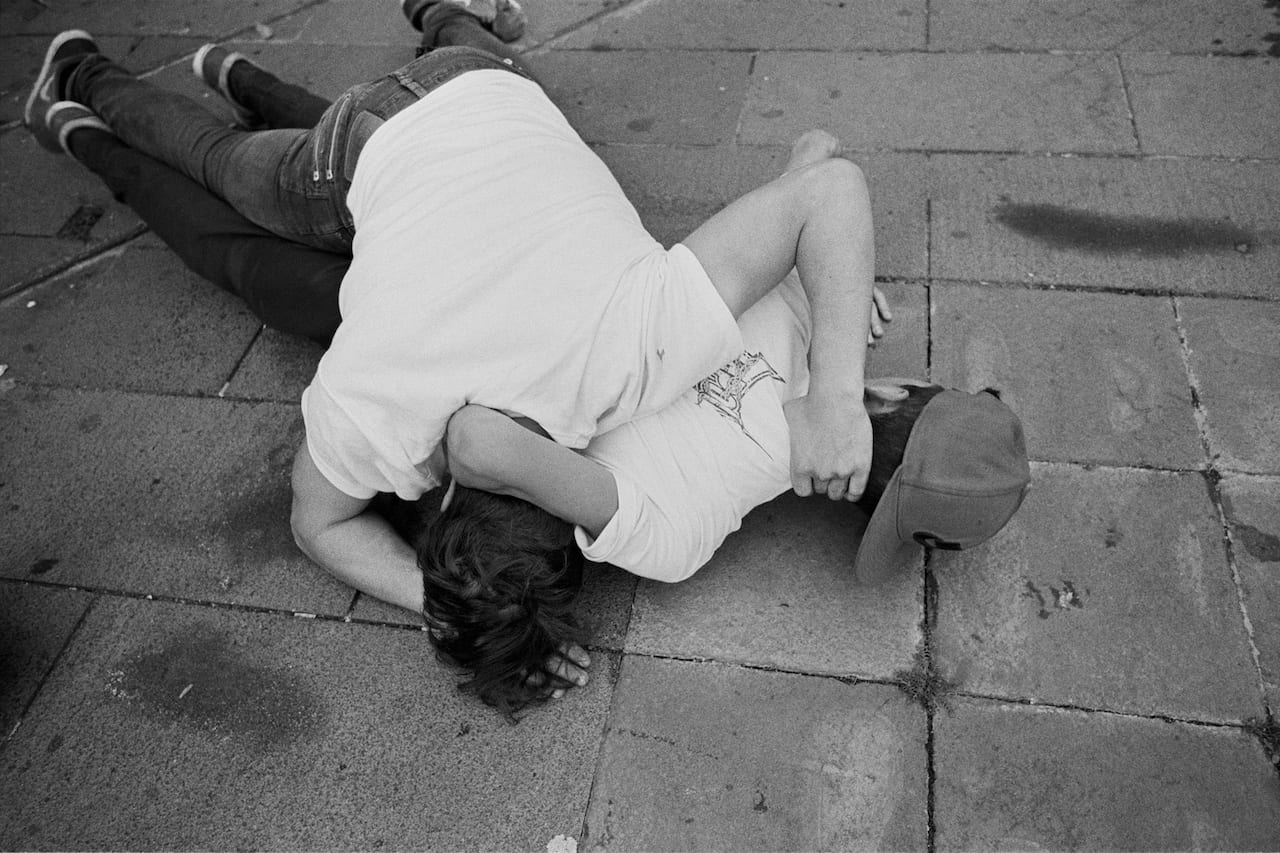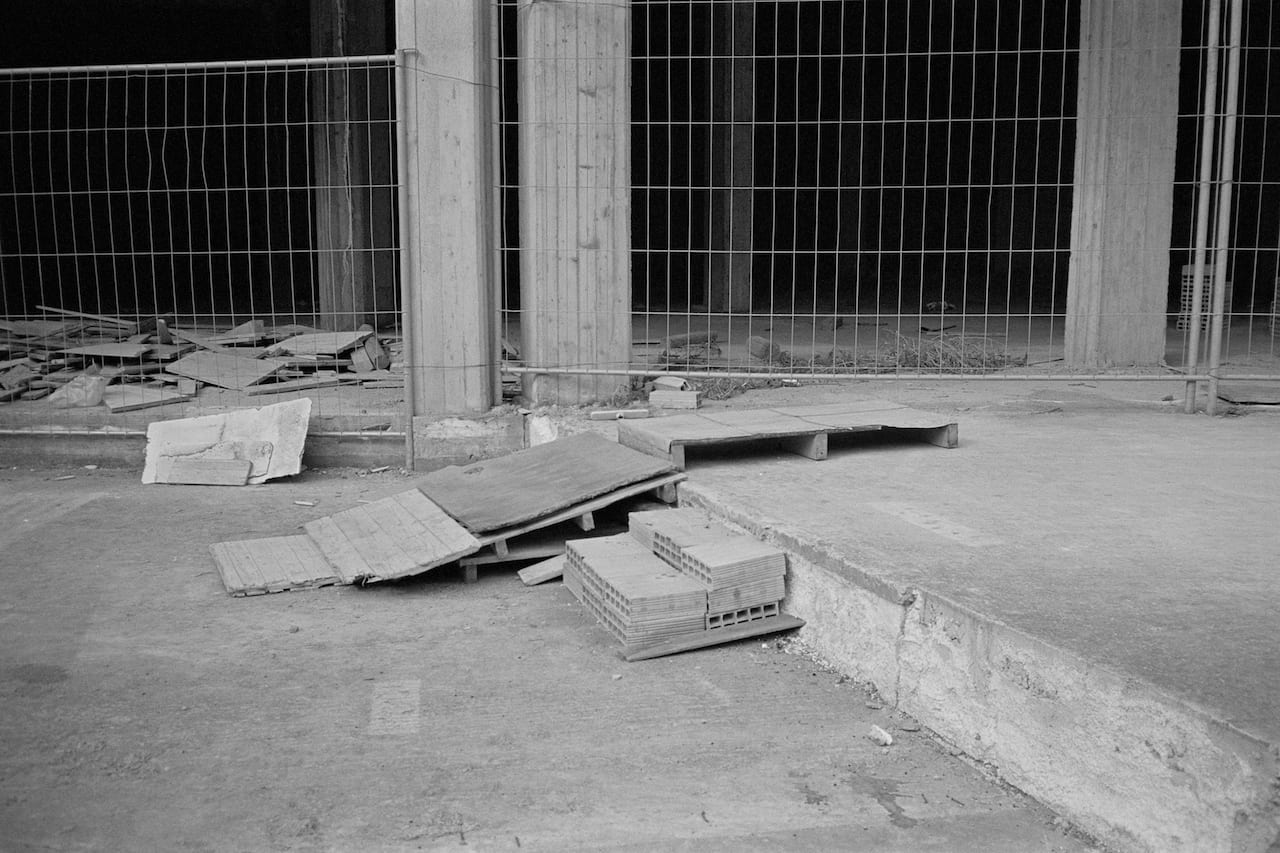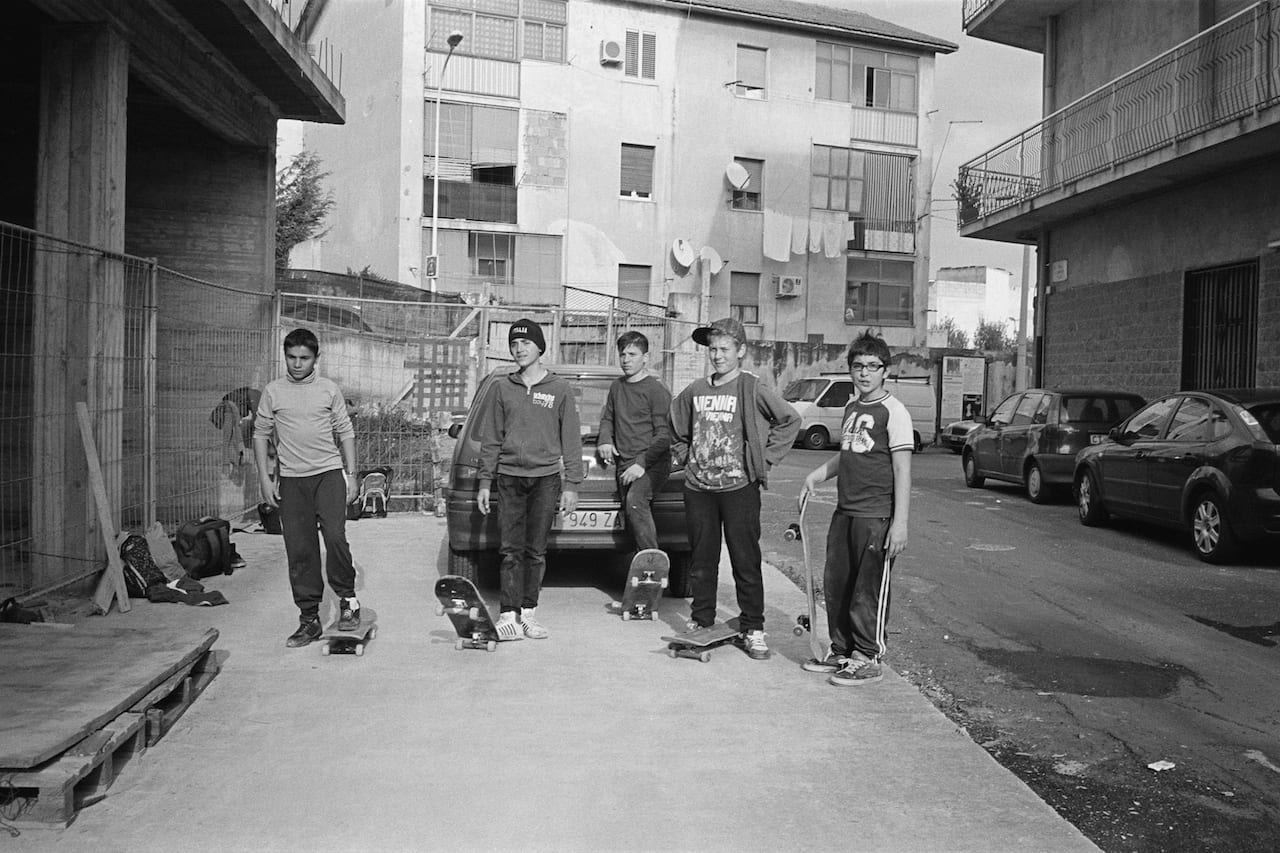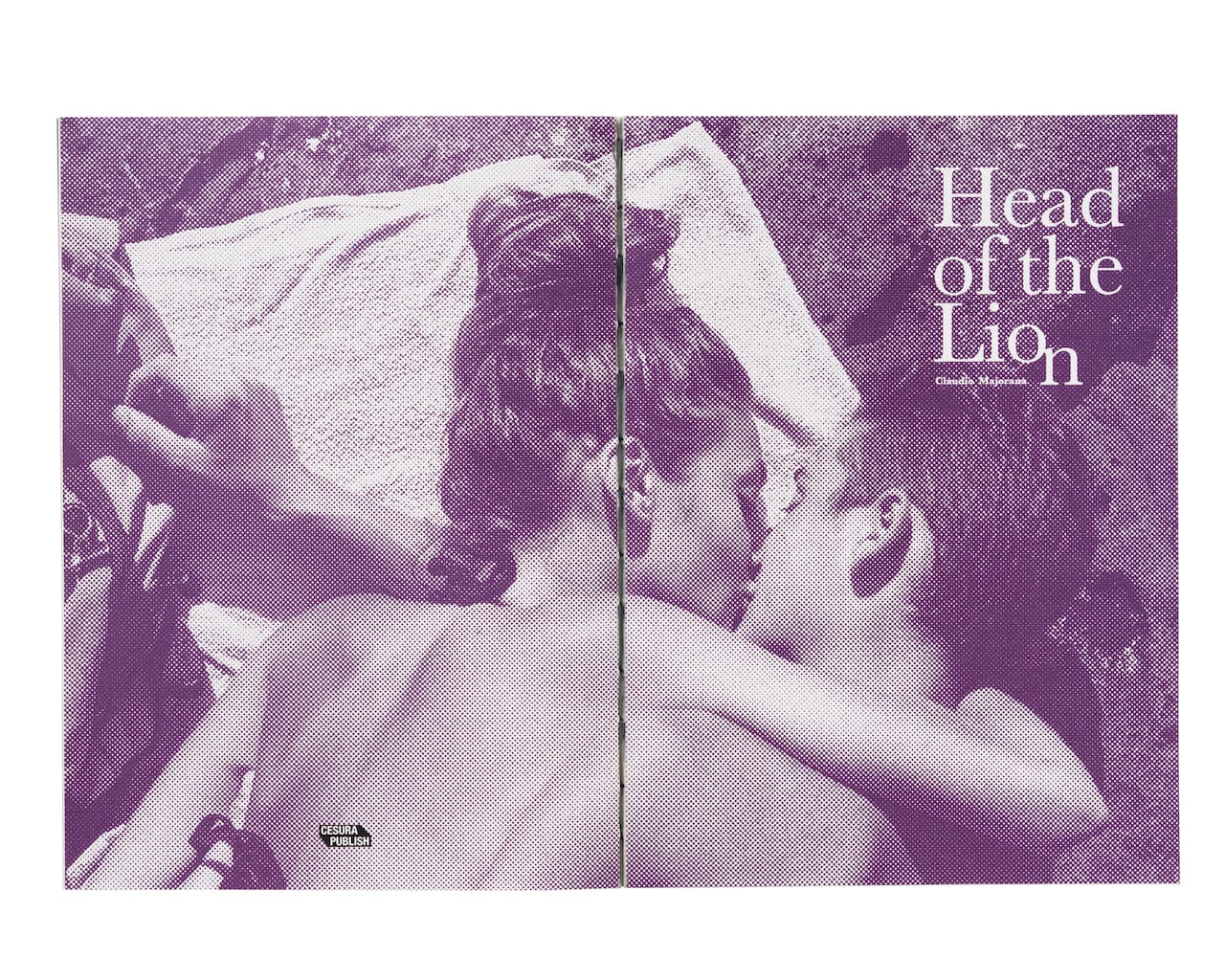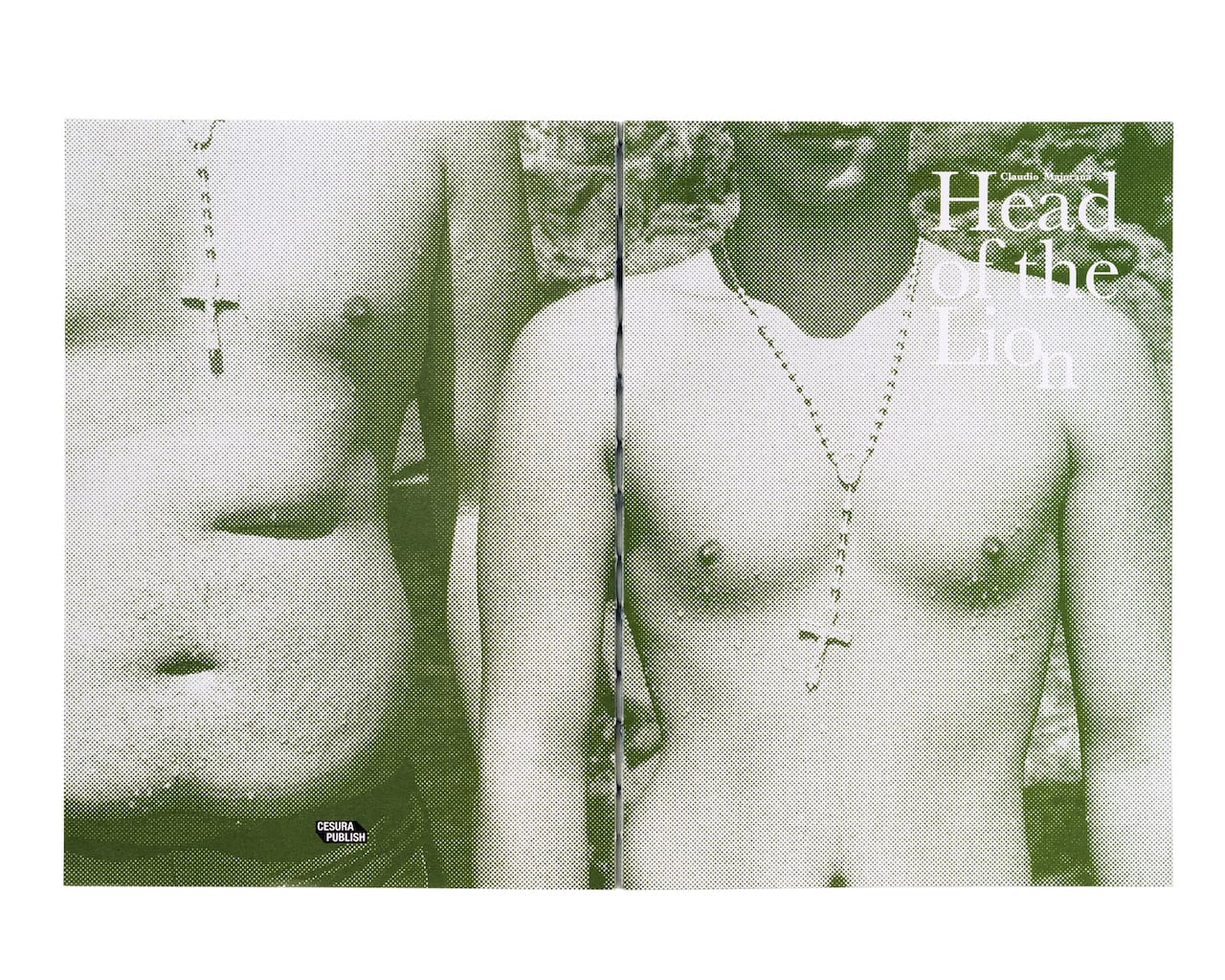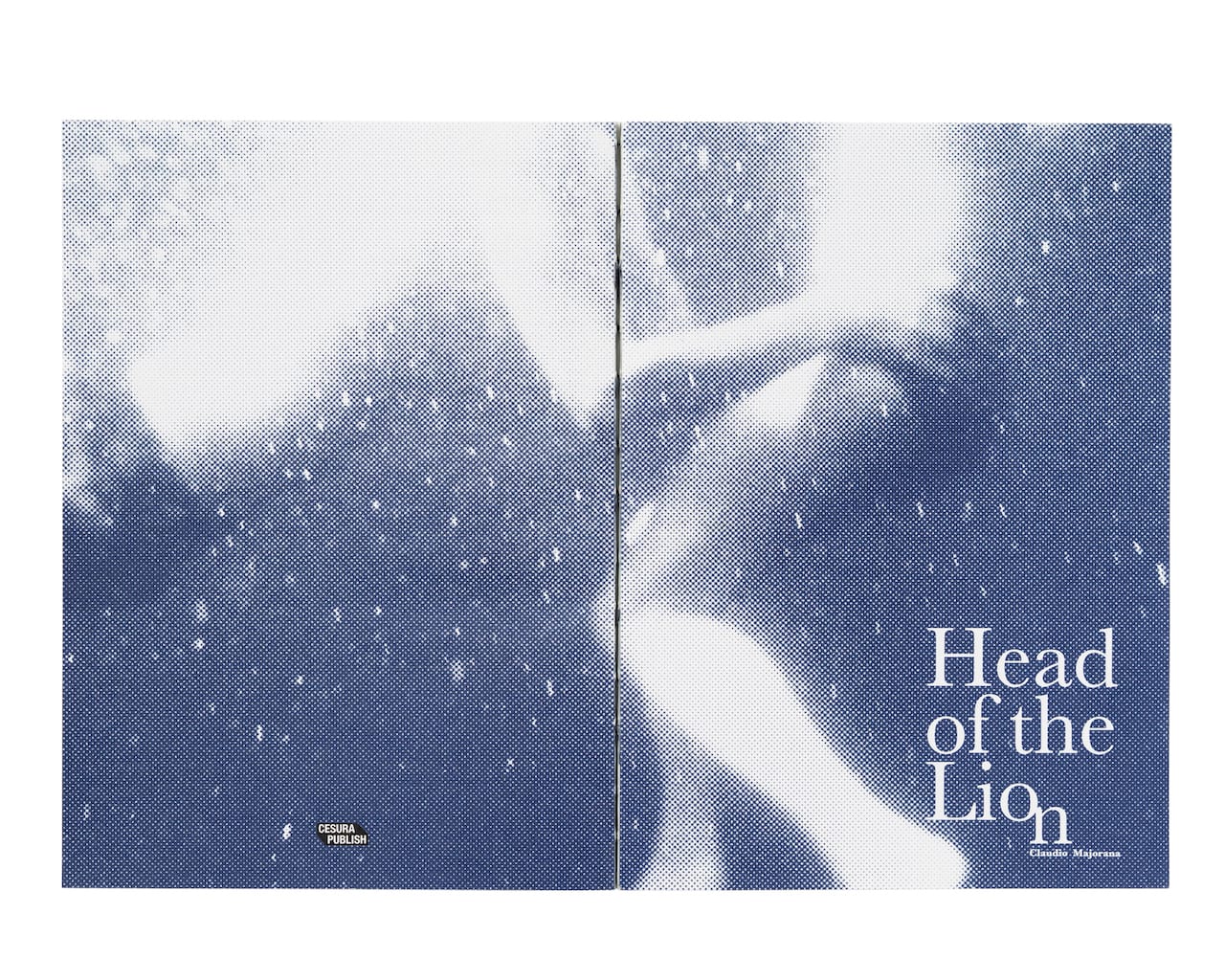As a medical student specialising in youth and cognitive neuroscience, Claudio Majorana is not a typical documentary photographer. Having grown up with a mother in fine arts and a father in medicine, his attraction to the symbiosis between art and science was initiated at a young age, and his interest in photography – an artistic medium rooted in scientific process – came to him naturally. “Throughout my childhood, I spent time painting in my mother’s atelier, or helping my father develop X-rays in his radiology darkroom. That’s where my interest in images began,” he reflects.
When Majorana was accepted into medical school at 19, he also began photographing voraciously. In the summer of 2011, he encountered a group of kids in the suburbs of Catania, his hometown in Sicily, and began documenting moments in their daily life, rooted in skateboarding culture and the general struggles and raucous habits that colour adolescent life. The result is his series, Head of the Lion.
Speaking about the gradual familiarity fostered between himself and his subjects over seven years, Majorana says, “After just two years documenting their life, I realised how important these kids were for me. Feeling accepted by them and their families meant a lot. I knew it was something special regardless of what the final outcome of the project was.”
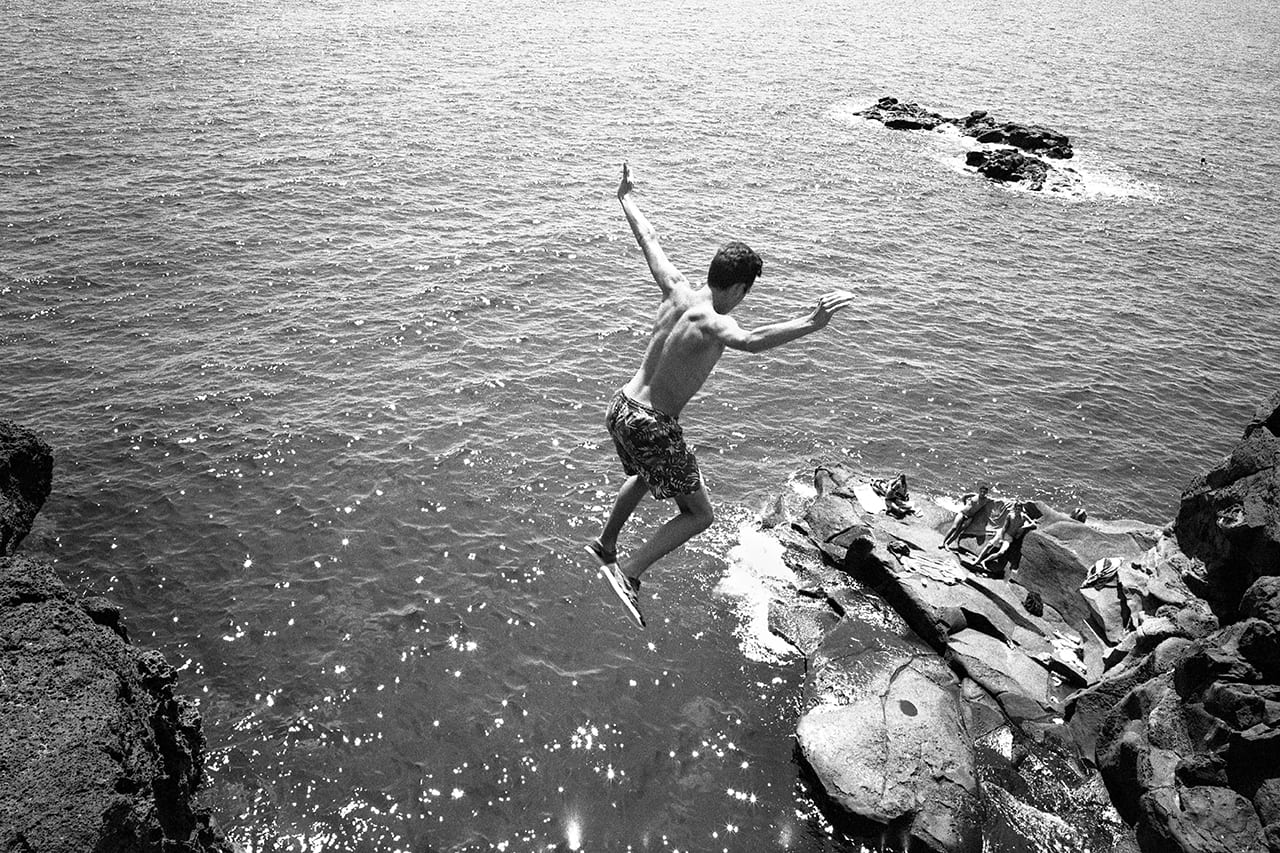
The black-and-white images together create a storyboard that flows seamlessly between candid, romantic moments to posed portraiture and fluid action shots. This range in style not only contributes to the narrative of his subjects, but also to Majorana’s own practice, which has undergone marked growth and evolution throughout the duration of the multi-year project. The series’ title “comes from the name of the cliff where the kids used to spend their summer days –Testa ro Liuni, which is Sicilian for ‘head of the lion’,” he says.
“In both their story and real life, the act of jumping off the cliff became a ritual for them – a way to show they were not kids any more. The jump is a point of no return that everyone has to face sooner or later in life.”
With his photographs, Majorana hopes to shed light on the complexities of adolescence, which are often trivialised through adult interpretation. “I want people to remember who they were when they were just kids. People forget their youth quite easily and tend to place blame on young people passing through this phase of life,” he says – and it’s here that his photography dovetails with his scientific work.
“My final med school thesis is about the development of social cognition during adolescence, specifically regarding how individuals process, store and apply information about other people and social situations in order to understand themselves and adjust their behaviour accordingly,” he explains. “These studies may give us insight into why some people successfully transition through this period of life while others experience difficulties. I believe that photography and science can both play an important role in helping us understand this phenomenon.
claudiomajorana.com Head of the Lion is published by Cesura Publishing, priced €23 www.cesurapublish.com/index.php?/projects/head-of-the-lion Claudio Majorana was included in BJP’s 2018 Ones to Watch issue, which was published in June
